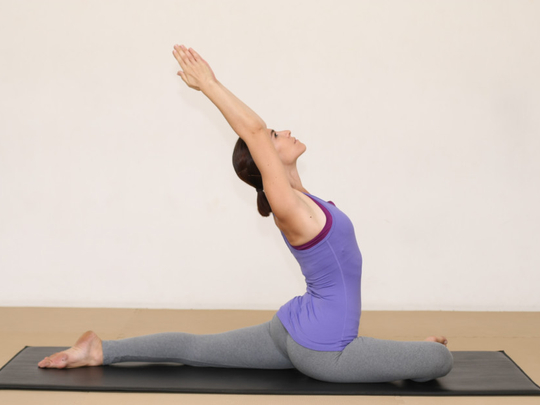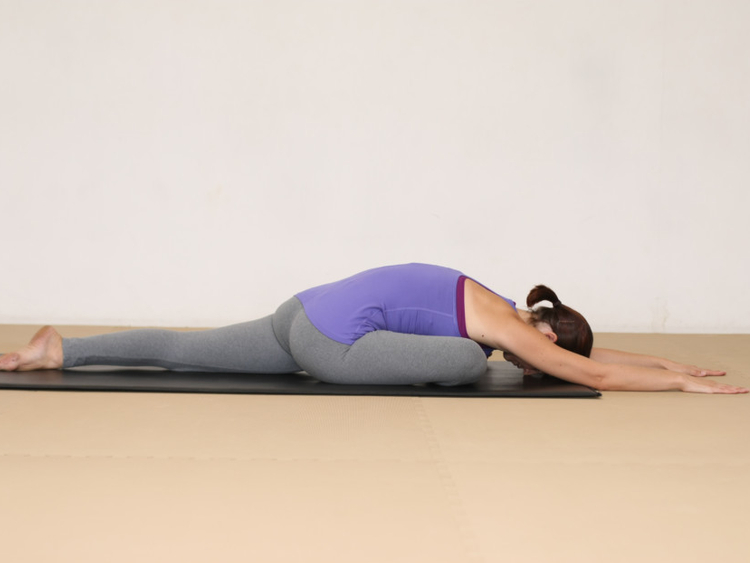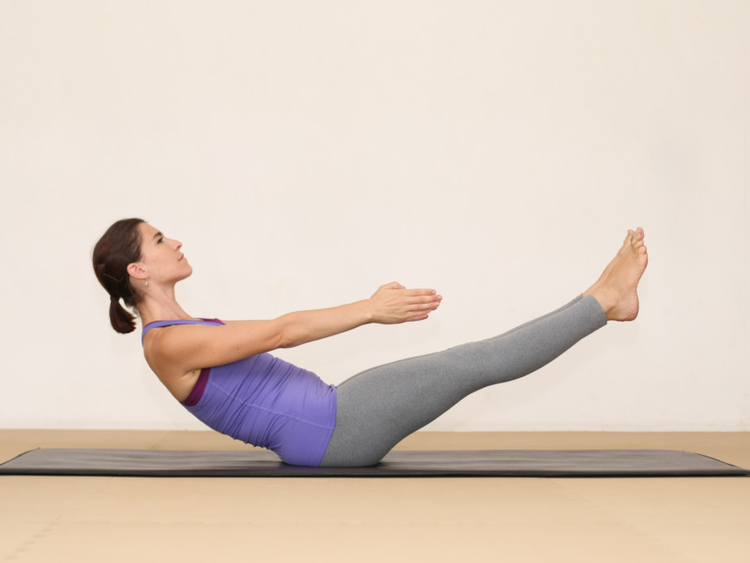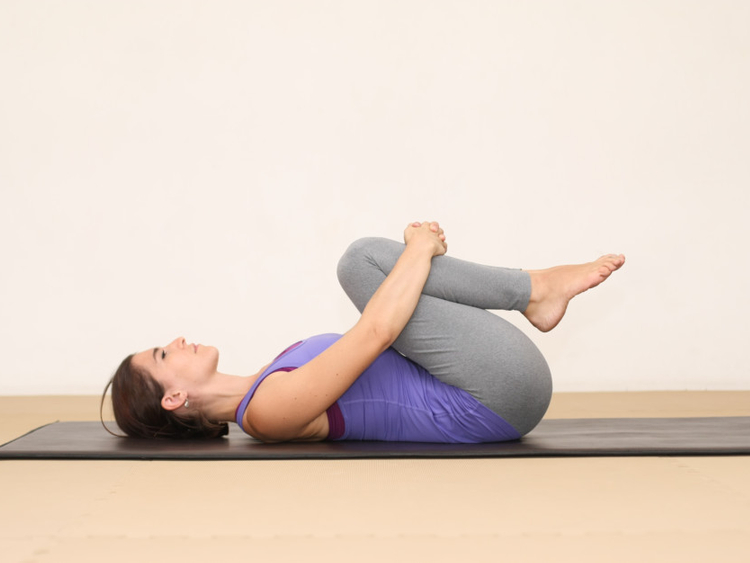
To train or play a sport one needs fitness, persistence, resilience and focus. Yoga and meditation can help work on these aspects and enhance the performance of a sportsperson.
Soreness
Flexibility is a key component in preventing injury. Stiffness in joints, such as ankles, knees, shoulders, hips, and muscles such as gluteus, quadriceps, hamstrings and calf muscles can lead to sprains, injuries, stress fractures, etc.
Stretching before a practice or match prepares the muscles while stretching after the activity has proven to prevent injuries. Training for hours and days together will leave the body tender, sore, tired and stiff.
This is delayed onset of muscle sores (DOMS), which can last anywhere between 24 to 72 hours. This is where yoga comes in. A sequence of backward and forward bends, spinal twists and postures for relaxation can help the body stay flexible, agile and relaxed.
Recovery
Since the body goes through a lot of wear and tear, recovery is one of the most important aspects for a sportsperson. Recovery comprises various aspects such as active and passive stretching, proper nutrition, hydration, rest and psychological recovery.
The body has to recover at all levels — structural, hormonal and mental. Structural system includes muscles, tendons, ligaments and bones. Hormonal recovery refers to how quickly your body can rid itself of stress hormones and generate those which can assist the body in repair. Mental fatigue needs to be dealt through rest and stress management. Yoga postures, bandhas (locks) and mudras (gestures) help in structural and hormonal recovery, and breathing techniques and meditation take care of the mental fatigue.
Balance and stability
Every player needs a good sense of physical and mental balance. A strong core — abdomen, back, gluteus — bring stability and balance to the body. Yoga postures improve core strength and stability and can provide a flexible, strong and healthy spine. Practising this avoids spinal injuries and maintains a good posture. It is also proven that yoga can drastically improve coordination skills and mental balance.
Breath control
Lung capacity is of prime importance to a sportsperson. It is described as the maximum volume of air filled in the lungs. The breathing techniques in yoga increase lung capacity and oxygen absorption (maximum amount of oxygen that the body can absorb). It also boosts the metabolic activity, cardiovascular system, nervous activity and increases energy levels tremendously.
As cardiovascular fitness (the ability of the heart and lungs to supply oxygen-rich blood to the muscle tissues and the ability of the muscles to use oxygen to produce energy) is also important for a sportsperson, various breathing practices such as bhastrika, kapalbhati and anulom-vilom pranayama improve lung and cardiovascular capacity.
Mental wellbeing
A sportsperson puts the mind through the same amount of stress and strain as the body. One’s focus, stability, persistence and resilience is just as importantly required for performance as body fitness. Only a motivated and focussed individual can perform well under such pressure.
TIP: Take an hour out of your regular practice 3-4 times a week for youg. Keep 30-40 minutes to focus on stretching and 20 for breathing and meditation techniques.
NEXT WEEK: Yoga can help improve the corporate culture
This is an interactive series, in which we will bring you practical tips
on daily living, inspired by the vision of yoga. Write in to tabloid@gulfnews.com with your questions and doubts regarding enhancing your lifestyle through yoga. For more information, call 800-YOGA (9642) or log on to artisticyoga.com
















